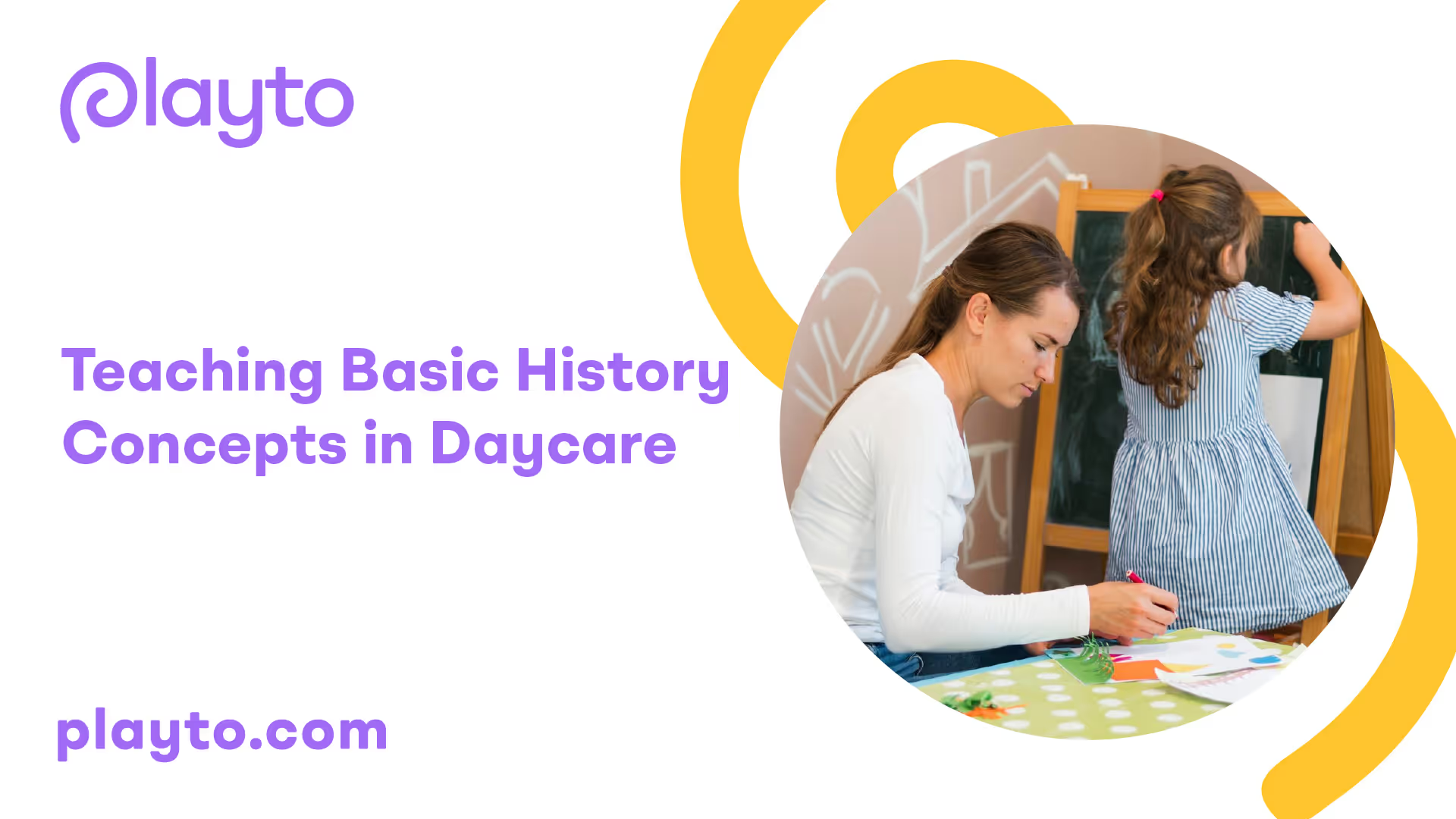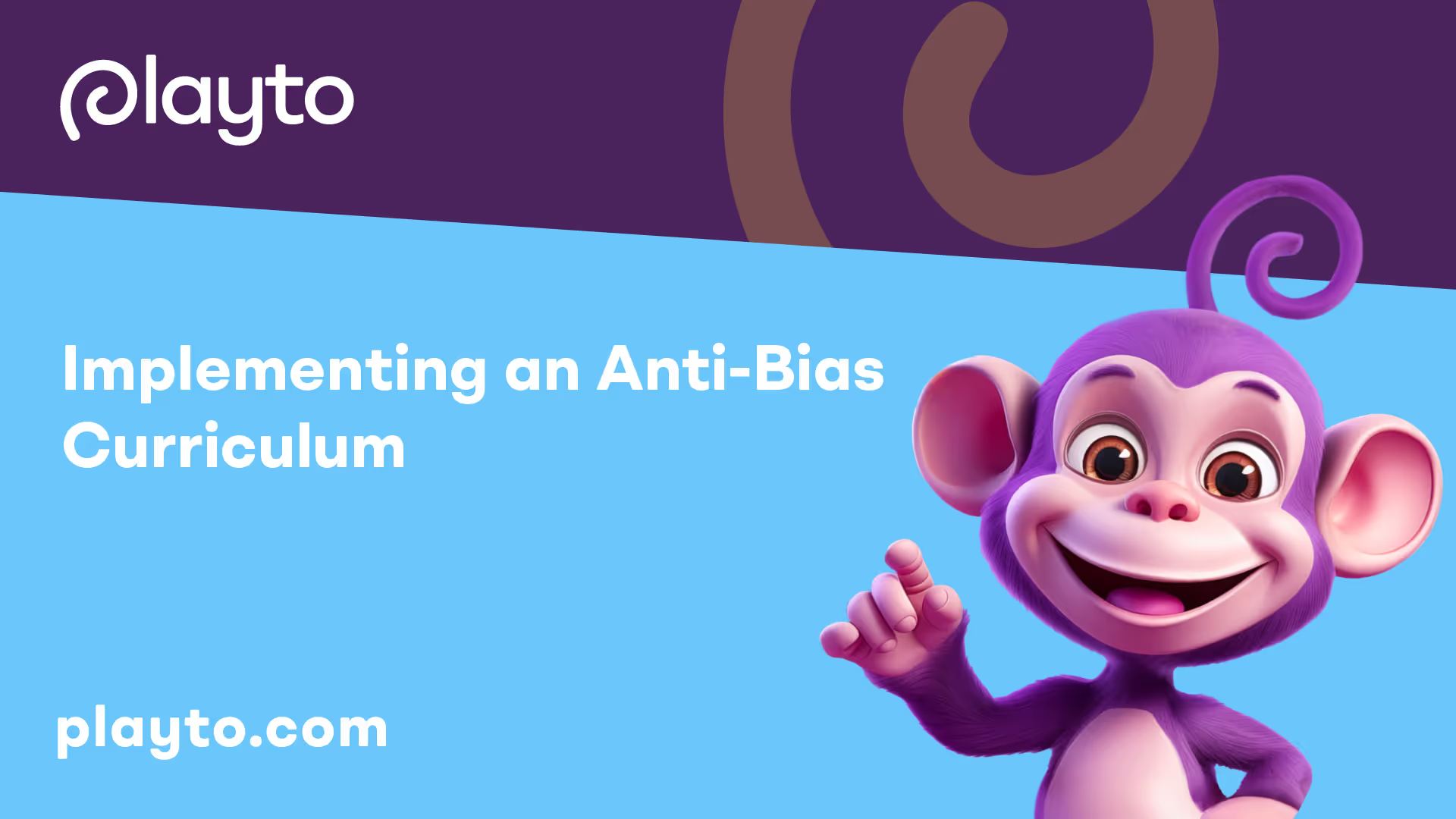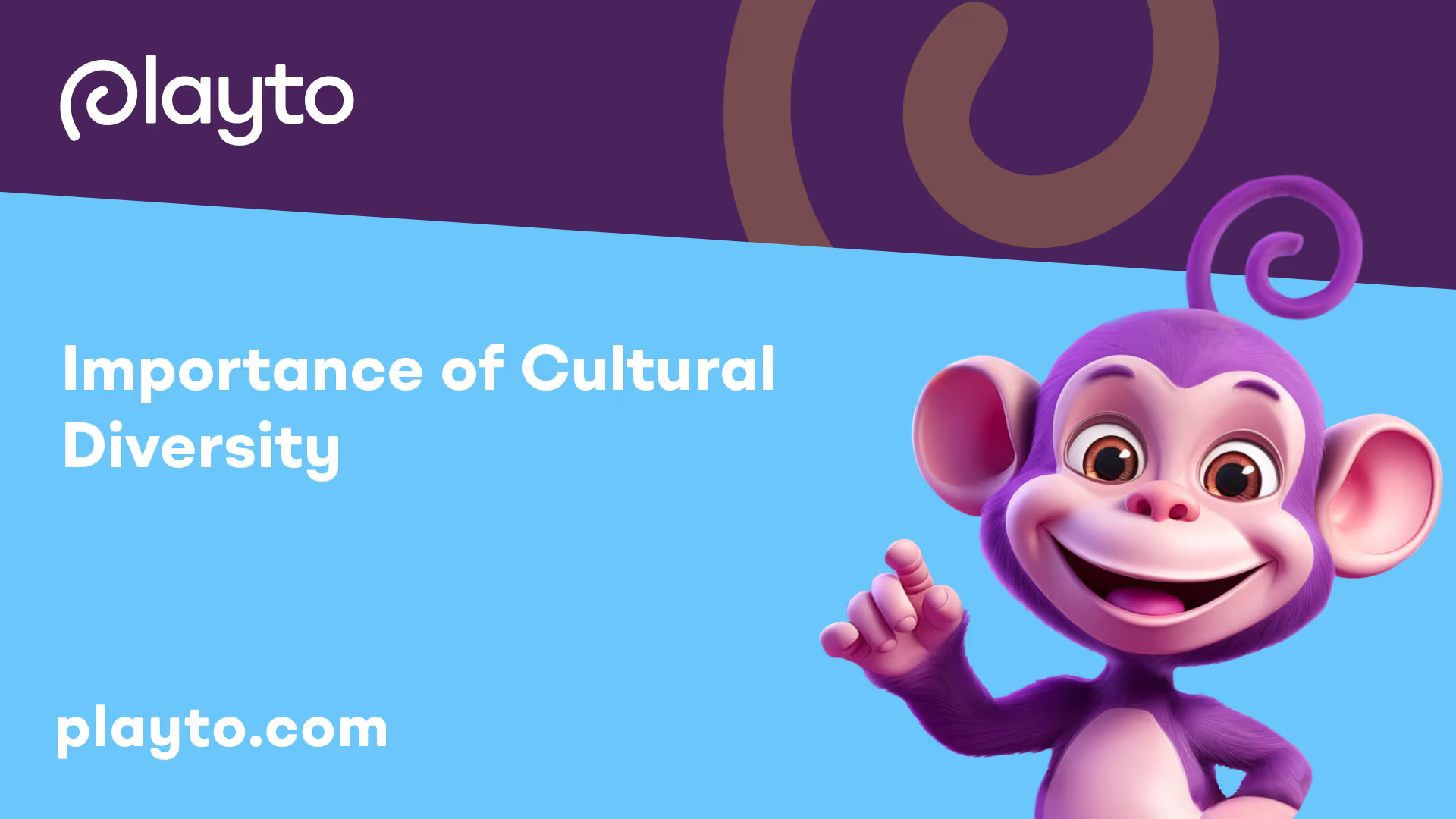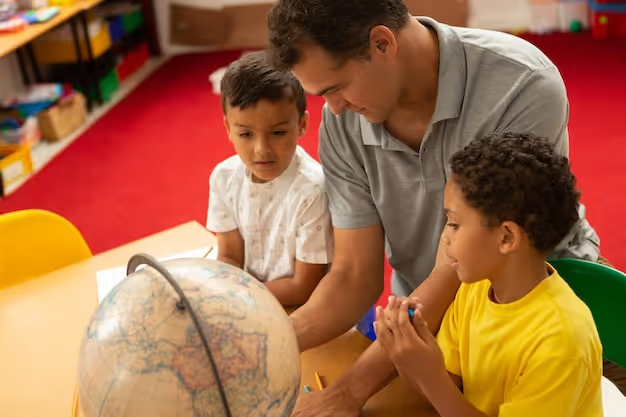
Understanding Diversity in Education
In the field of early childhood education, understanding and embracing diversity is of utmost importance. By introducing children to the concept of diversity at an early age, we can lay the foundation for a more inclusive and accepting society. In this section, we will explore the importance of early introduction to diversity and the benefits of inclusive education.
Early Introduction to Diversity
Children as young as six months old start to notice differences in skin color, and by the age of five, they begin associating certain traits, stereotypes, and characteristics with race based on what they've learned from their environment. It is crucial to introduce them to diversity early on so that they can develop a positive understanding and appreciation for people's differences.
By incorporating diverse books, toys, and activities into the daycare curriculum, educators can create an inclusive environment that celebrates various cultures, abilities, and backgrounds. This early exposure helps children understand, accept, respect, and appreciate diversity in all its forms.
Benefits of Inclusive Education
Inclusive education provides numerous benefits for children in daycare settings. When children have teachers who look like them and come from diverse backgrounds, it allows them to see themselves reflected in the classroom environment. This representation can have a positive impact on their academic and emotional development [1].
By embracing cultural diversity in early childhood education, we prepare children for a globalized world. Exposure to different cultures and perspectives fosters empathy, respect, and inclusion. It helps children develop an appreciation for the rich mosaic of humanity, allowing them to become compassionate, open-minded, and socially conscious individuals.
In an increasingly interconnected world, cultural diversity in early childhood education is a transformative force with profound benefits for children, families, and society as a whole. It equips children with the skills and understanding needed to thrive in diverse communities and promotes a more harmonious and inclusive society.
By introducing diversity early and fostering an inclusive environment, daycare providers play a vital role in shaping children's perspectives and building a future generation that values and embraces diversity.

Implementing an Anti-Bias Curriculum
When it comes to teaching basic history concepts in daycare, it is important to implement an anti-bias curriculum that fosters inclusivity and challenges stereotypes. By recognizing inequities and promoting a diverse and inclusive learning environment, educators can help children develop a deeper understanding and appreciation of history.
Recognizing Inequities
Children as young as six months old can perceive differences in skin color, and by the age of five, they begin associating certain traits, stereotypes, and characteristics with race based on what they have learned from their environment. As educators, it is crucial to recognize and address these inequities to create a more inclusive classroom environment.
By incorporating diverse historical figures and stories from different cultures and backgrounds, educators can expose children to a wider range of perspectives and experiences. This helps children recognize inequities in social structures and promotes a sense of fairness and justice from an early age. Through discussions and activities, children can develop empathy and understanding for others, breaking down stereotypes and biases.
Challenging Stereotypes
An anti-bias curriculum in daycare also involves challenging stereotypes and promoting critical thinking. Educators can introduce diverse historical figures who have made significant contributions to society, highlighting their accomplishments and debunking stereotypes associated with race, gender, and other identities.
Engaging children in open conversations about historical events and figures allows them to question assumptions and develop a more nuanced understanding of history. By encouraging children to ask questions and explore different perspectives, educators can foster a sense of curiosity and critical thinking skills.
Incorporating books, images, and artifacts that represent a diverse range of cultures and histories can further challenge stereotypes and help children develop a more accurate and comprehensive understanding of the world. By actively seeking and sharing resources that promote diversity and inclusivity, educators can create an enriching learning environment that celebrates and respects all backgrounds.
By implementing an anti-bias curriculum that recognizes inequities and challenges stereotypes, educators can help children develop a deeper understanding and appreciation of history. This approach not only promotes inclusivity but also prepares children to be engaged and compassionate members of society. To further explore teaching concepts related to diversity and inclusion, consider reading our articles on teaching environmental awareness in daycare and teaching basic geography concepts in daycare.

Importance of Cultural Diversity
In the context of early childhood education, embracing cultural diversity plays a crucial role in shaping young minds and preparing children for a globalized world. It fosters empathy, respect, and inclusion, enabling children to develop a deep appreciation for the rich mosaic of humanity. By actively promoting cultural diversity, daycare centers create environments where children learn to value and embrace differences, becoming compassionate, open-minded, and socially conscious individuals.
Fostering Empathy and Respect
Cultural diversity in daycare settings provides opportunities for children to interact with peers from various backgrounds, exposing them to different traditions, languages, and customs. These experiences help foster empathy and respect by promoting an understanding of others' perspectives and fostering a sense of inclusivity. When children are immersed in an environment that celebrates cultural differences, they develop a broader worldview, enhancing their ability to connect and communicate with individuals from diverse backgrounds.
Developing Social Consciousness
By embracing and celebrating cultural differences, daycare centers contribute to the development of children's social consciousness. Early exposure to cultural diversity encourages children to question stereotypes and biases, challenging preconceived notions they may have absorbed from the world around them. This critical thinking and reflection at a young age lay the foundation for a more inclusive and equitable society in the future.
To facilitate the development of empathy, respect, and social consciousness, daycare providers can incorporate activities that promote cultural awareness and understanding. These activities may include storytelling, music, art, and food exploration from different cultures. By creating a positive and inclusive learning environment, daycare centers can help children appreciate the beauty of diversity and become active participants in building a more harmonious world.
Understanding the importance of cultural diversity is one component of providing a holistic education in early childhood settings. It is crucial to consider other aspects of developmentally appropriate practices (DAP) to create a well-rounded educational experience for young children. To learn more about DAP principles and effective learning strategies, you can refer to our article on teaching environmental awareness in daycare and teaching basic geography concepts in daycare.
Developmentally Appropriate Practices (DAP)
When it comes to teaching young children, it is essential to follow Developmentally Appropriate Practices (DAP). DAP in early childhood education is informed by child development principles that emphasize the importance of various domains of development, individual differences in learning rates, the impact of experiences on development, and the role of social and cultural contexts in learning. By adhering to DAP, caregivers and educators can create a nurturing and effective learning environment for children.
Principles of DAP
DAP is built upon a set of principles that guide educators in providing developmentally appropriate experiences for young children. These principles include:
- Individualization: Recognizing and responding to the unique needs and abilities of each child.
- Active Learning: Encouraging children to learn through hands-on experiences and exploration.
- Play-based Learning: Recognizing play as a vital avenue for children's learning and development.
- Cultural Sensitivity: Valuing and respecting diverse cultures and incorporating culturally relevant materials and experiences.
- Responsive Teaching: Adapting teaching strategies and approaches based on children's interests and developmental levels.
By embracing these principles, educators can create a supportive and engaging learning environment that promotes optimal growth and development.
Effective Learning Strategies
DAP emphasizes effective early learning practices that support children's holistic development. These strategies focus on five key areas:
- Creating a Caring Community of Learners: Building positive relationships with children and fostering a sense of belonging and community in the classroom.
- Teaching to Enhance Development and Learning: Planning and implementing activities that align with children's developmental levels and interests.
- Planning Curriculum to Achieve Important Goals: Designing a curriculum that incorporates meaningful and relevant learning experiences, promoting cognitive, social, emotional, and physical development.
- Assessing Children's Development and Learning: Using ongoing observation and assessment to gather information about children's progress and tailor instruction accordingly.
- Establishing Reciprocal Relationships with Families: Collaborating with families and involving them in their child's learning journey, recognizing the importance of the home-school connection.
These strategies work together to create an inclusive and enriching learning environment that supports children's growth, curiosity, and love for learning.
By following the principles of DAP and implementing effective learning strategies, educators can provide young children with a solid foundation for their educational journey. When teaching history in early childhood, it is crucial to consider these practices to ensure that the content is presented in a manner that is developmentally appropriate, engaging, and meaningful to young learners. For practical approaches to teaching history, continue reading our section on Practical Approaches to Teaching History.
Teaching History in Early Childhood
When it comes to early childhood education, teaching history may not be the first subject that comes to mind. However, introducing basic history concepts in daycare can have numerous benefits for young children. By exploring the importance of teaching history and employing engaging learning approaches, educators can create a foundation for lifelong learning.
Importance of Teaching History
Teaching history to young children serves as a means to introduce unique new concepts and valuable lessons. It lays the groundwork for further learning exploration as children grow. By starting with concepts that children can relate to, such as dinosaurs, the invention of trains, or the discovery of America or Canada, educators can capture their attention and foster curiosity.
Introducing children to the idea of family history can also be a powerful way to teach history. Learning about their own family's past can spark discussions about events that took place in the past and naturally segue into other historical topics. Age-appropriate stories and "artifacts" from the past can further enhance the learning experience [3].
By teaching history at an early age, children develop a sense of time, culture, and context. They begin to understand that events occurred in the past and that those events have shaped the present. This knowledge helps them make connections between the past, present, and future, fostering a deeper understanding of the world around them.
Engaging Learning Approaches
To effectively teach history to young children, educators must employ engaging learning approaches. By making history come alive through hands-on activities and interactive experiences, children are more likely to be captivated and retain the information.
One approach is to incorporate engaging activities that celebrate diverse groups and important historical figures in America. For example, making astronaut helmets to learn about Sally Ride, creating paper flowers inspired by Georgia O'Keeffe, or making and playing maracas to celebrate Hispanic Heritage Month can be effective ways to teach history concepts while embracing diversity [3].
Celebrating specific events like Black History Month, Women's History Month, Hispanic Heritage Month, and Juneteenth can also provide opportunities to teach history. Activities such as growing sweet potato plants to learn about George Washington Carver, building paper airplanes inspired by Amelia Earhart, making sombreros, and creating Juneteenth flags can help children learn about historical figures and events in an engaging and memorable manner. These activities bring history to life and make it relatable to young learners.
Incorporating history lessons into the curriculum using brightwheel's lesson plan feature allows educators to create custom lesson plans, log observations, and share progress with parents. This integration ensures that the unique historical knowledge children gain throughout the year is documented and celebrated.
By recognizing the importance of teaching history and employing engaging learning approaches, educators can ignite a passion for learning about the past in young children. Through age-appropriate activities and interactive experiences, children develop a deeper understanding of the world's history and their place within it.
Practical Approaches to Teaching History
When it comes to teaching history concepts in daycare, incorporating engaging activities and integrating history into the curriculum can make the learning experience more enjoyable and impactful for young children.
Engaging Activities
Engaging activities play a crucial role in teaching history to preschoolers. By making history come alive through interactive and hands-on experiences, children can develop a deeper understanding and appreciation for the subject. Here are some examples of engaging activities that can be implemented:
- Celebrate Historical Figures and Events: Commemorate special events like Black History Month, Women's History Month, Hispanic Heritage Month, and Juneteenth by engaging children in activities that highlight important figures and events. For example, growing sweet potato plants to learn about George Washington Carver, building paper airplanes inspired by Amelia Earhart, making sombreros, or creating Juneteenth flags. These activities not only teach history but also celebrate the diversity and contributions of various groups in America.
- Create Crafts and Artwork: Encourage children to explore their creativity while learning about historical figures and events. Activities like making astronaut helmets to learn about Sally Ride, creating paper flowers inspired by Georgia O'Keeffe, or making and playing maracas to celebrate Hispanic Heritage Month can be effective ways to teach history concepts in an engaging and interactive manner.
- Read History Books: Use engaging history books specifically designed for preschoolers to introduce them to historical figures and events. Books like "Scientist, Scientist, Who Do You See?" by Chris Ferrie, "John, Paul, George, and Ben" by Lane Smith, and "Two Friends: Susan B. Anthony and Frederick Douglass" by Dean Robbins are great examples of books that present history in an engaging and easy-to-understand manner.
- Visit Museums: Organize field trips to history and art museums. Museum visits provide children with an opportunity to explore exhibits and artifacts related to historical events. This hands-on experience can enhance their understanding of history and expose them to different perspectives [4].
Incorporating History into the Curriculum
Integrating history into the daycare curriculum ensures that children have regular exposure to historical concepts and themes. Here are some practical approaches to incorporating history:
- Custom Lesson Plans: Utilize tools like brightwheel's lesson plan feature to create custom lesson plans that include history topics. This allows educators to design age-appropriate activities and track children's progress in history-related learning. Sharing this progress with parents can foster a collaborative approach to celebrating the unique historical knowledge children gain throughout the year.
- Cross-Curricular Connections: Look for opportunities to connect history with other subjects to create a holistic learning experience. For example, when teaching about historical events, incorporate related art, music, or science activities. This interdisciplinary approach can deepen children's understanding and make history more relevant to their daily lives.
- Storytelling and Dramatic Play: Engage children in storytelling and dramatic play to bring historical events to life. Encourage them to act out historical scenes or play the roles of famous historical figures. This interactive approach allows children to immerse themselves in historical narratives and develop a deeper connection to the past.
By incorporating engaging activities and integrating history into the daycare curriculum, educators can make learning history a fun and memorable experience for preschoolers. These practical approaches help children develop a sense of curiosity, empathy, and a lifelong love for learning about the past.
References
- [1]: https://mybrightwheel.com/blog/diversity-in-early-childhood-education
- [2]: https://thenestschool.com/blog/embracing-diversity-the-crucial-role-of-cultural-diversity-in-early-childhood-education/
- [3]: https://mybrightwheel.com/blog/history-for-preschoolers
- [4]: https://littlesunshine.com/the-best-ways-to-teach-preschoolers-about-history/
